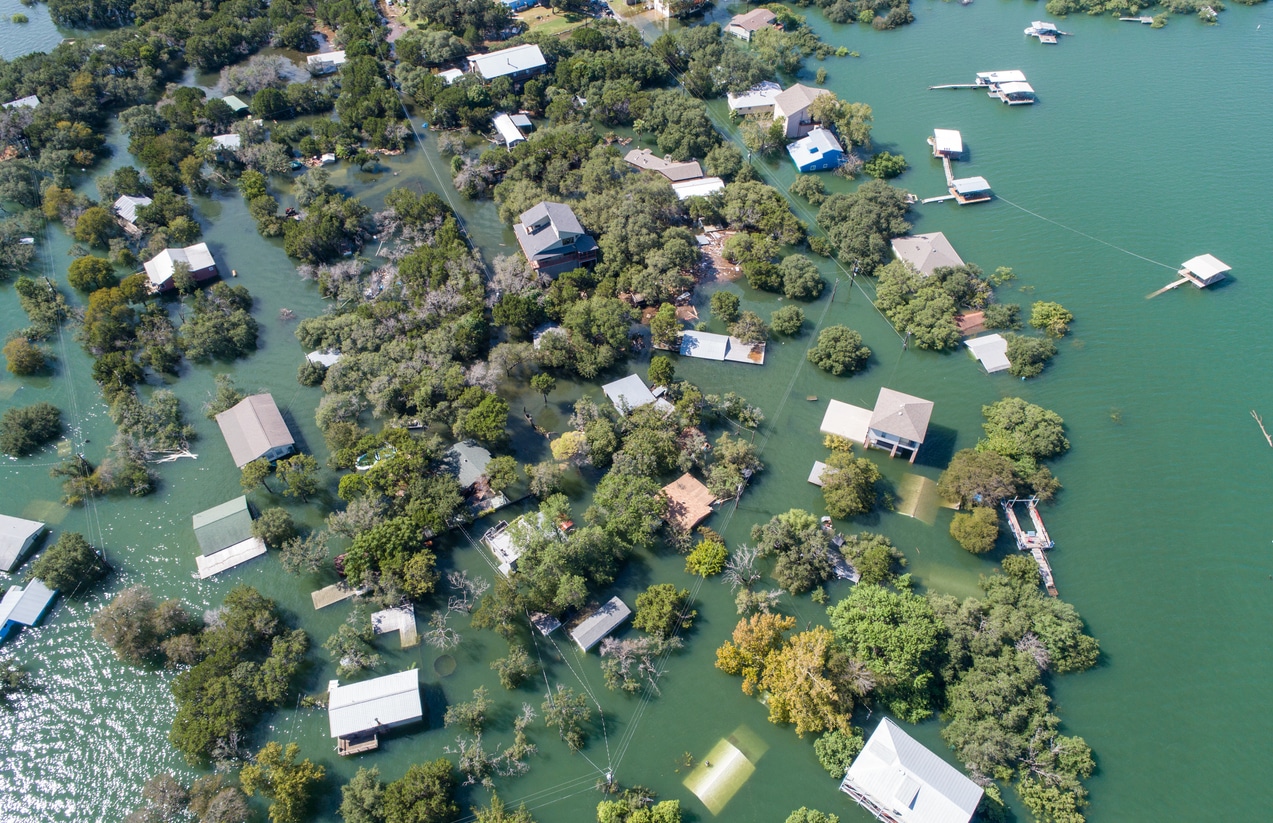“It’s absolute insanity,” said Mr. Dailey, 52 years old. “This rate makes no sense.” He said he plans to go through with the project, which is about a block and a half from a canal that leads to Tampa Bay, but worries about the ability to sell it in the future.
The National Flood Insurance Program—the main provider of flood coverage in the U.S., with more than five million policies—is rolling out an overhauled pricing method starting Friday in an effort to reflect more accurately the flood risk that individual properties face. The issue has gained importance with climate change, which scientists say is fueling sea-level rise and contributing to more-severe weather.
Under the new system, dubbed “Risk Rating 2.0,” some policyholders in especially vulnerable areas will face big premium increases while others in less-exposed spots will see smaller increases or even decreases. Homes in high-risk flood zones with mortgages from government-backed lenders must have flood insurance, and private carriers also provide coverage in some areas.
The changes could present some homeowners in floodprone areas across the U.S.—especially along the Gulf Coast and Eastern Seaboard—with difficult decisions about whether they can afford to live there, insurance and real-estate specialists say. Some buyers may find mortgages unattainable, making waterfront living increasingly the preserve of wealthy people. Developers may rethink where they build, and coastal real-estate markets could take a hit.
“There is no greater risk-communication tool than a pricing signal,” said Roy Wright, president of the Insurance Institute for Business and Home Safety, an industry research group, and former head of the federal flood insurance program. “For middle-income neighborhoods, this will become a real consideration,” he said.
Under the program’s decadeslong pricing system, the main variables considered were a property’s location on a flood map and its elevation. The new system considers a larger set of factors, including a property’s distance from a body of water, its first-floor height and the cost to rebuild it.
The previous method led to imbalances in pricing, with policyholders in lower-value homes often subsidizing those in higher-value homes, according to the Federal Emergency Management Agency, which runs the program.
“Risk Rating 2.0 fixes this injustice,” said David Maurstad, senior executive of the program.
Groups including the Association of State Floodplain Managers and Taxpayers for Common Sense support the changes, saying the updated pricing will encourage property owners to pursue mitigation measures, such as elevating homes or adding flood vents, to reduce flood risks.
Starting Friday, new policies will adjust to the full new rate. For existing policies, the changes kick in on April 1, 2022, with annual increases capped at 18% until they reach the full rate.
Based on a FEMA analysis, 23% of policyholders will see decreases in their premiums in the first year, 66% will have increases of up to $10 a month, 7% will see increases of $10 to $20, and 4% will have increases of more than $20.
Jake Holehouse, president of HH Insurance in St. Petersburg, said that analysis led him to believe homeowners could absorb the impact. But after getting access to the new system a month ago and deriving quotes, he found many examples of steep rate rises. Exactly why is unclear because the new pricing algorithm isn’t public, but Mr. Holehouse thinks a key reason is the inclusion of the cost-of-replacement variable.
His client Tyler Payne, the mayor of nearby Treasure Island who lives on a canal, currently has a policy with the federal flood insurance program with a $2,710 annual premium. Come renewal time, that is poised to start climbing to a full rate of $5,415, Mr. Holehouse said.
“When you buy a home, you factor in all these costs,” said Mr. Payne, 31. “For one of them to potentially double over the next several years is a game-changer.”
Carl Schneider, an insurance agent in Mobile, Ala., said he doesn’t believe the new pricing method will prove overly disruptive. Among the clients for whom he has run the numbers, some are seeing jumps, but many are set for reductions.
“It’s a mixed bag,” he said. “You are going to see the majority of consumers very happy with the way the program more accurately rates their home.”
Some members of Congress, mainly from coastal states, are urging a delay in implementing the new rating system. Senators including Chuck Schumer (D., N.Y.) and John Kennedy (R., La.) wrote a letter last week to the FEMA administrator expressing concern about sharp premium increases that could become unaffordable for property owners.
The new system could affect the decisions of home buyers and builders. WinWay Homes, a custom-home builder in South Pasadena, near St. Petersburg, canceled a property purchase a few weeks ago because it is in a flood zone and could be harder to sell as a result of the flood-insurance changes, said owner Matt Carr. He said property prices outside flood zones are increasing rapidly while those inside flood zones that aren’t on the water remain flat.
“Even if I pay more money outside a flood zone, I’m more comfortable that I can sell it to someone,” Mr. Carr said.












